Researchers have found that supernovae explosions are preceded by observable radiation whose features should make it possible to distinguish the radiation of a future supernova from other light sources in space.
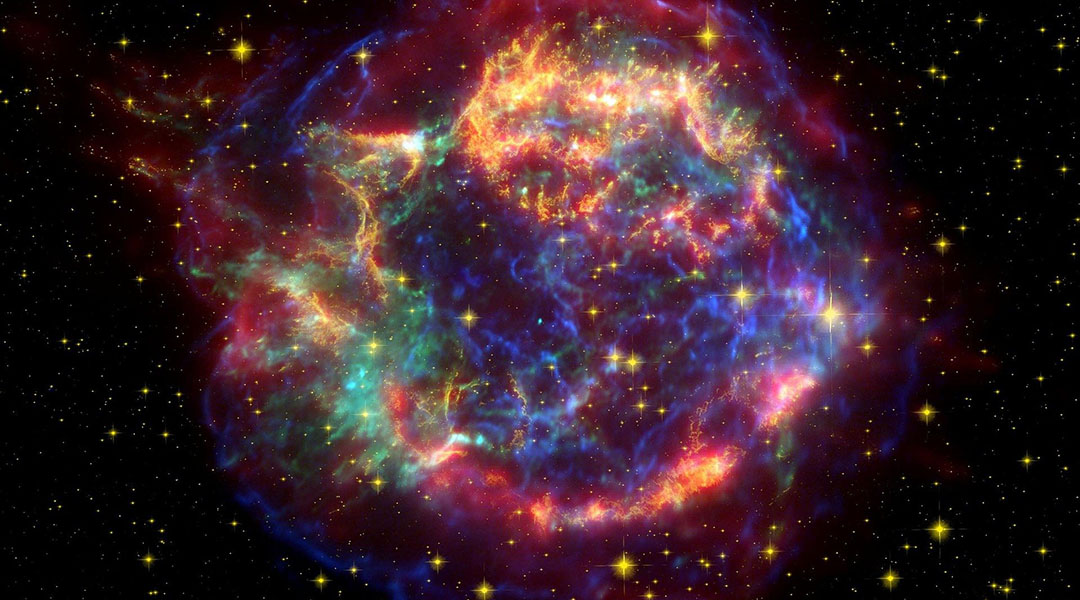

Researchers have found that supernovae explosions are preceded by observable radiation whose features should make it possible to distinguish the radiation of a future supernova from other light sources in space.
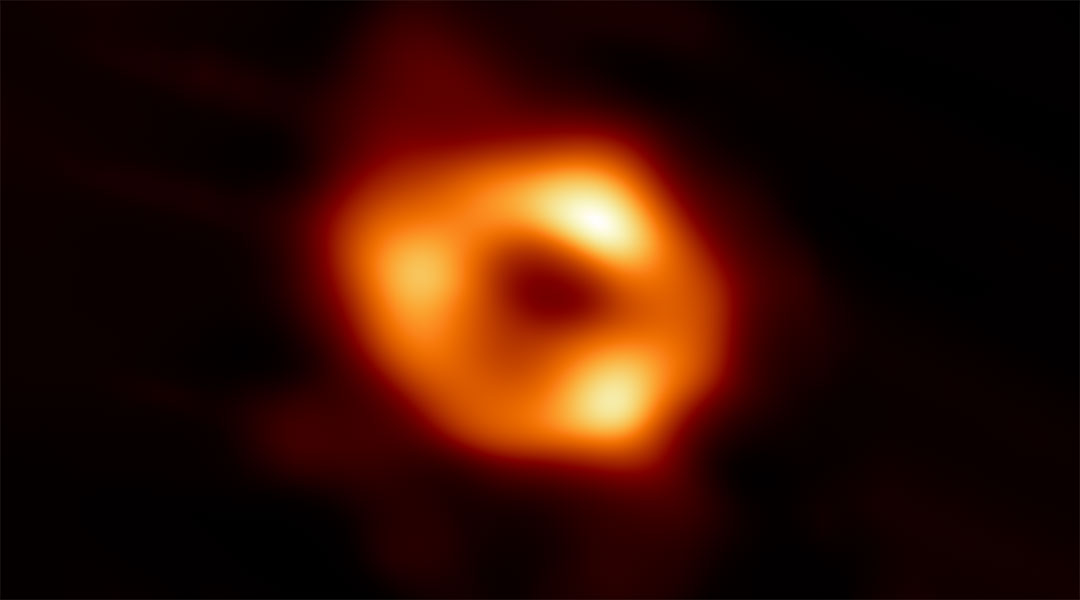
Imaging a black hole is not an easy thing, it takes years of experiments, collaborations, grants, planning, and no small amount of luck.
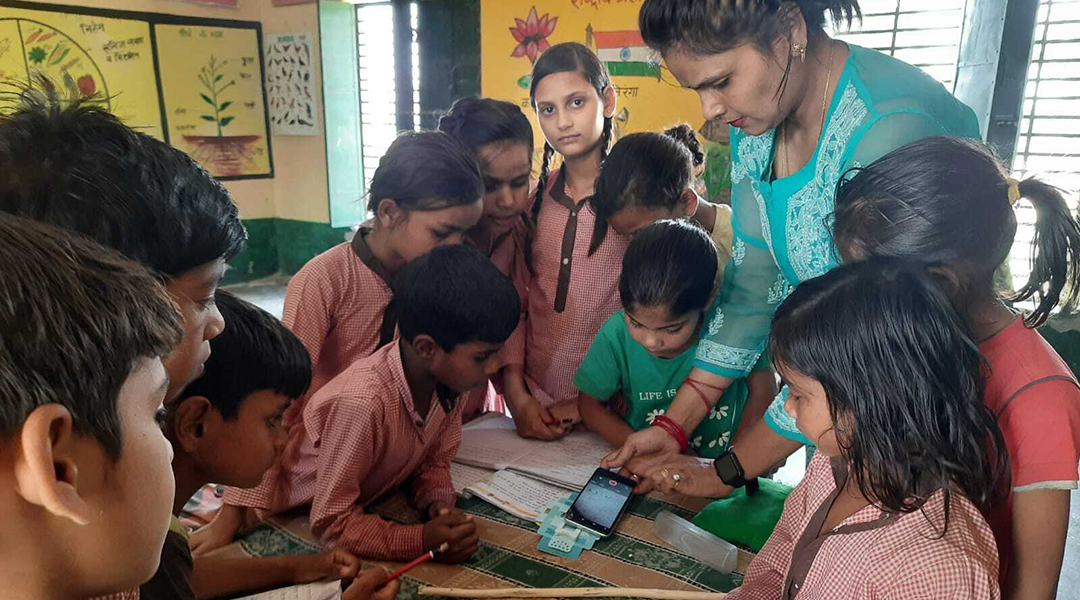
Citizen science has the ability to improve scientific literacy and benefit communities by getting non-scientists involved in research.
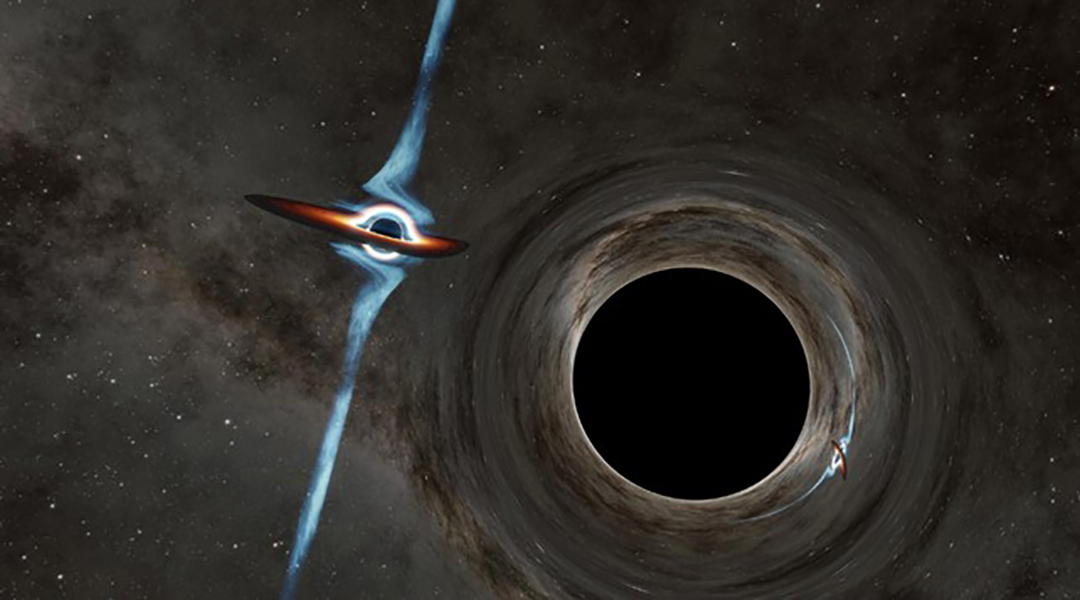
45 years worth of radio telescope observations have identified a pair of supermassive black holes at the core of two galaxies set to merge.
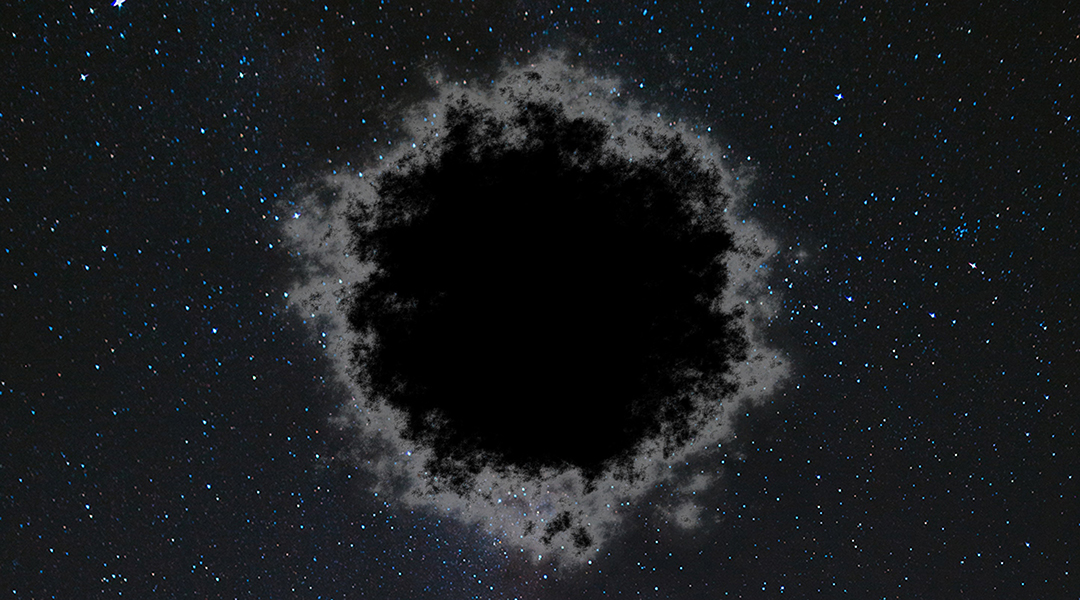
Scientists have turned to string theory to better understand black holes, proposing they can be modeled as “fuzzballs” made up of interacting strings.
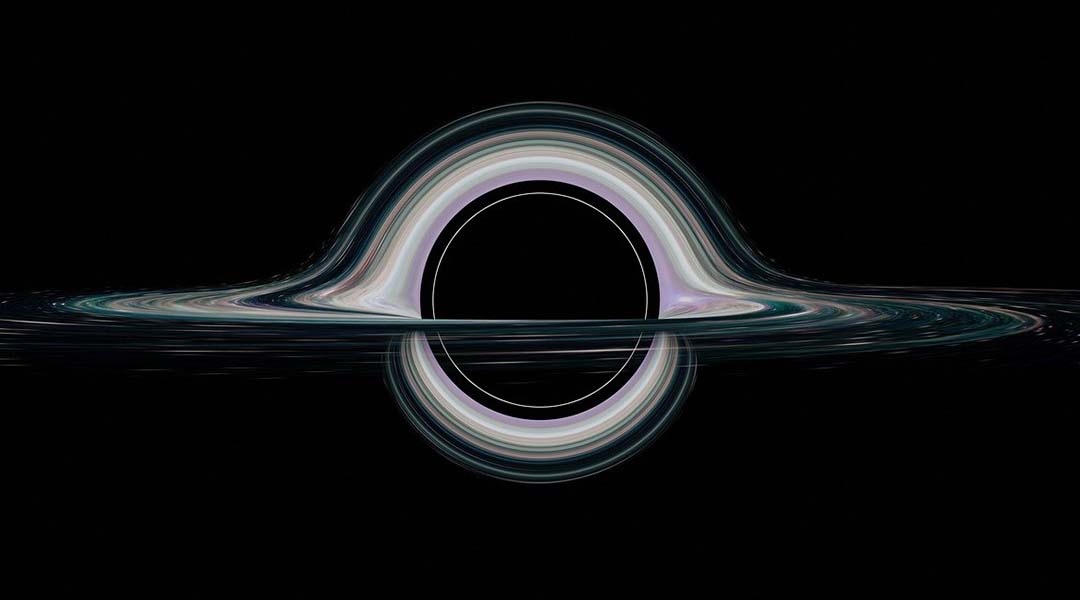
Physicists hope to detect asymmetry in spinning black holes using NASA’s LISA telescope to finally provide proof of quantum gravity.
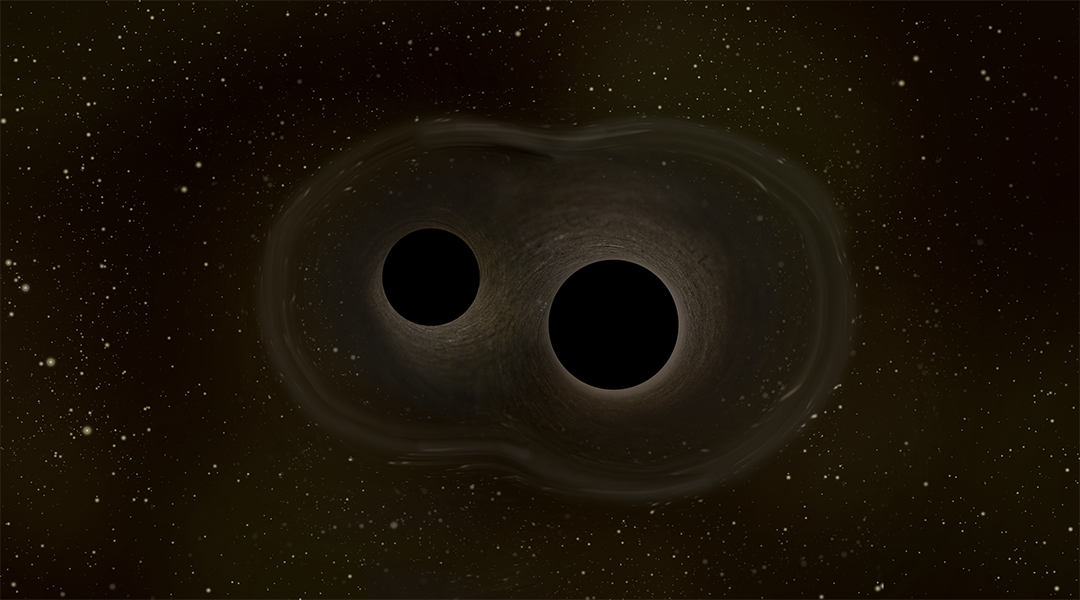
The existence of a quantum membrane is predicted by some theories of gravity, and scientists might be one step closer to identifying one.
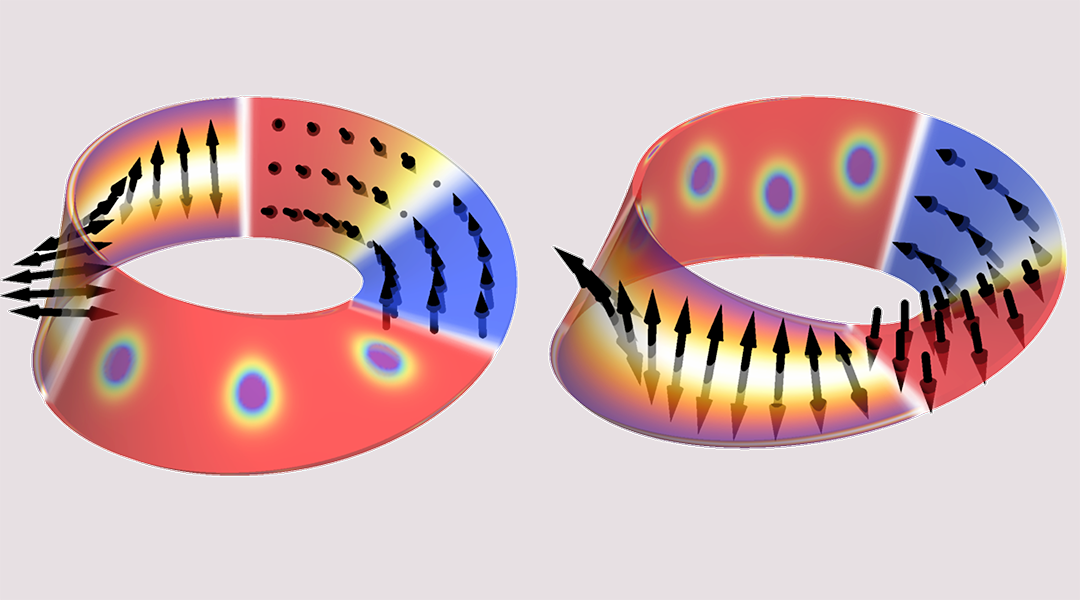
Predicting the properties of materials made easier through an understanding of their curvilinear geometries.
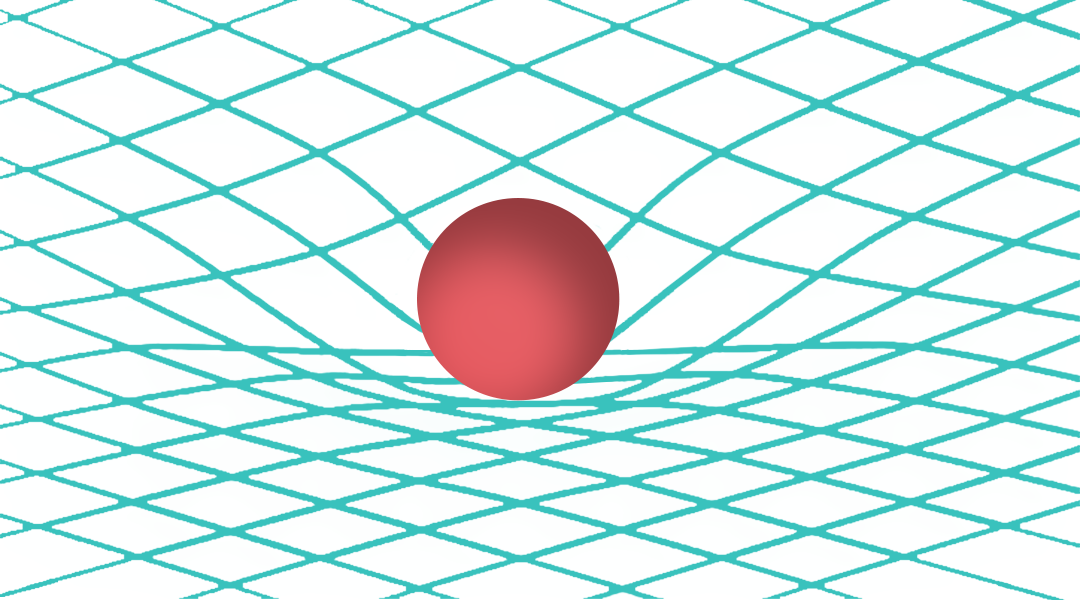
Regions of spacetime where gravity is so strong that nothing, not even light, can escape!
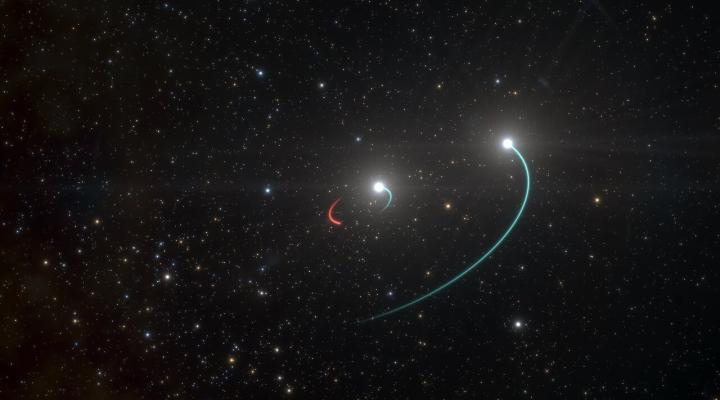
A team of astronomers from the European Southern Observatory (ESO) and other institutes has discovered a black hole lying just 1000 light-years from Earth.